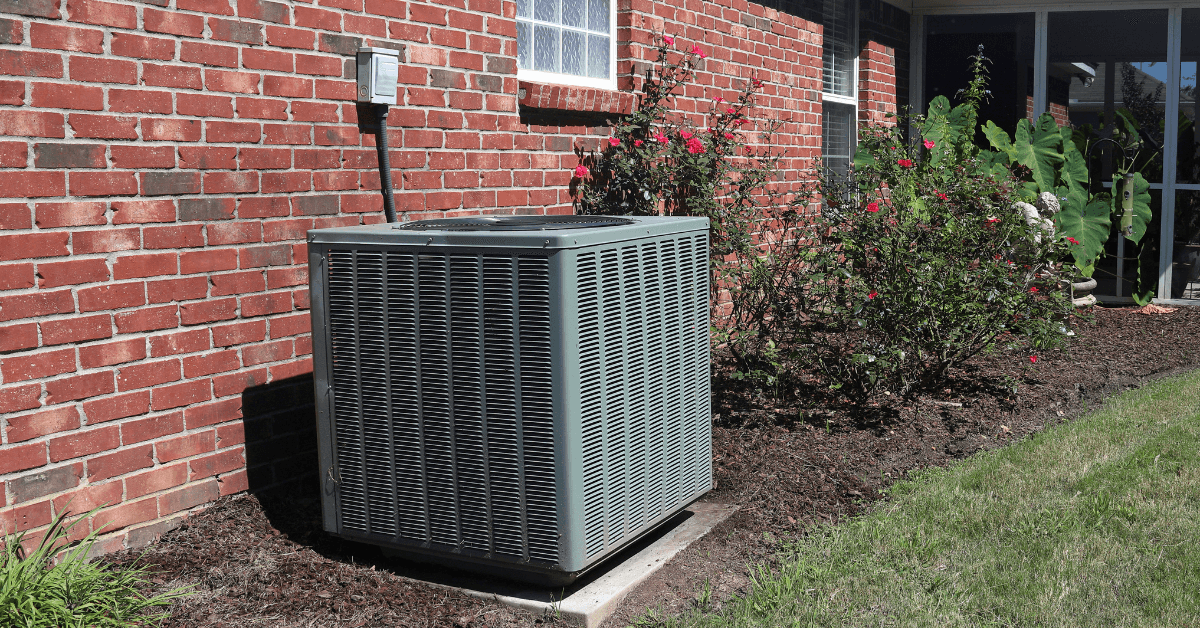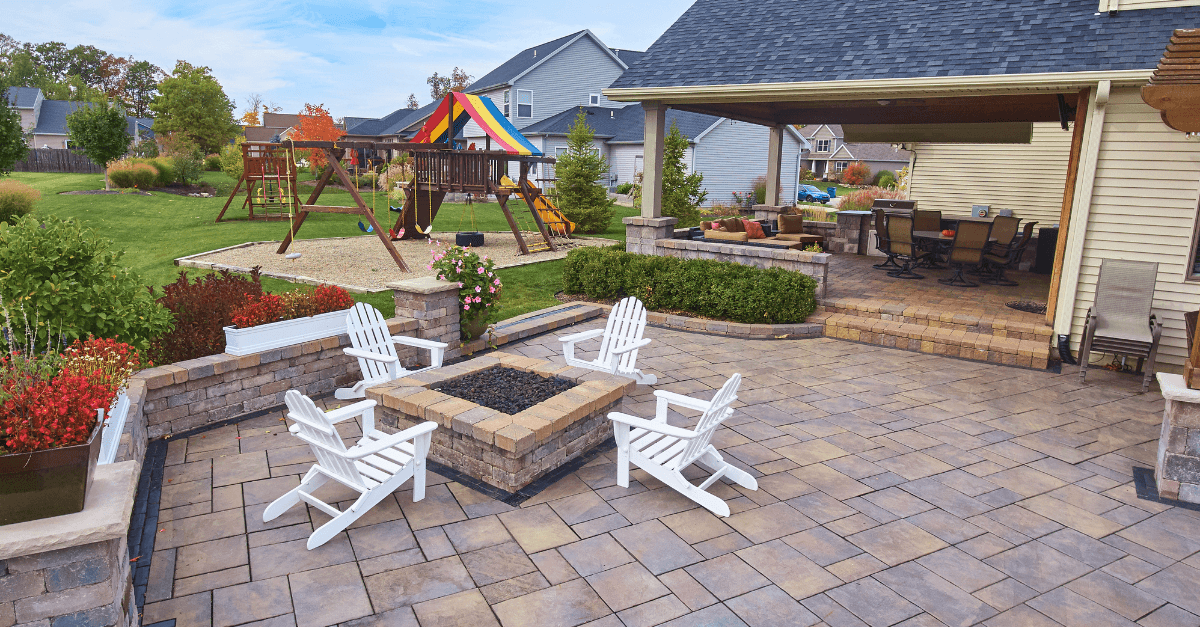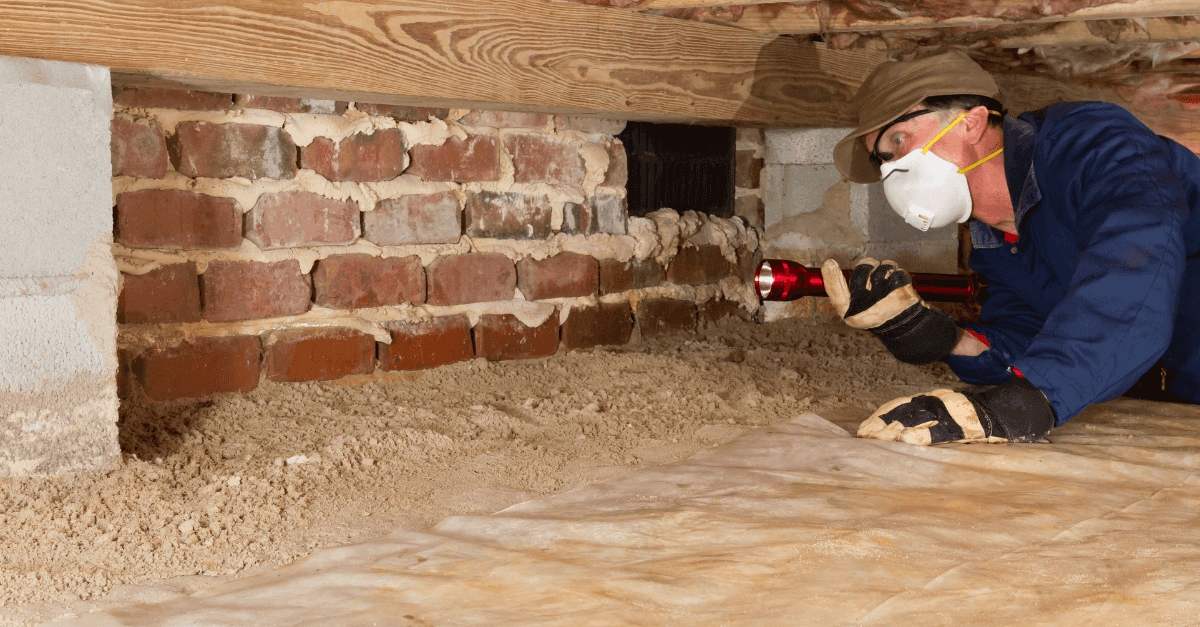The Major Systems You’ll Need to Replace in Your Home (and When)

All of your home’s systems have a lifespan — some longer than others. From a budgeting standpoint, it’s important to know when you can expect to replace these systems, as well as how to extend their lives so you can save a few bucks.
To help with your planning and budgeting, here are the key systems you should focus on:
Furnace
Your furnace is the engine behind your heat and, in forced-air systems, can also be the engine behind your air-conditioning — pretty important! They typically last between 15 and 20 years but, with proper maintenance, can last up to 30 years.
How can you extend the life of your furnace? To start, you’ll want to change the air filter at least once every three months. And, even if your furnace is running smoothly, it should be inspected and serviced by a professional once yearly.
If your furnace is older, you’ll want to watch for higher energy bills, poor heating performance, or frequent starts and stops. This may signal an upcoming repair or replacement if your in a cold climate. Our Washington DC contractors do a large number of furnace repair work during the winter months.
Air Conditioner
If you live in a hot climate, your air-conditioning system is essential to your comfort. Its average lifespan? 15-20 years.
As with your furnace, yearly service is recommended to maximize its lifespan, maintain efficiency, and decrease the odds of unexpected repairs. This can often be combined with your furnace inspection.
Water Heater
Water heaters can take a beating as they provide hot water to showers, dishwashers, washing machines and tubs on a daily basis. Standard units can last 8 to 12 years, but the more expensive and less space-consuming tankless water heaters can last up to 20 years.
It is important to note the condition of your home’s water can dictate the longevity of your water heater. The harder or more mineralized your water is, the more it will clog and corrode your water heater. Making sure your water is filtered or softened before it enters the water heater can impact the lifespan of your heater as well as any appliances that use water.
Water heaters should be fully drained once a year and have their heating elements changed out every couple of years, especially if it is not heating up your water efficiently. You can either do this yourself or hire a professional annually to maintain and check your water heater.
Also, you’ll want to keep the bottom of the tank dry to prevent rust. For safety, place a pan underneath your water heater with a water detector that will sound an alarm in case of major leakage. If you do detect leaking or an electrical shortage, call a professional immediately as it can be a sign of a larger problem.
Roof
Maintaining your roof is one of the greatest ways to protect your home from costly damage and replacement.
Roof lifespans and costs vary depending on materials, installation quality, and climate. However, if your roof is starting to head north of 15-20 years in age, it is time to pay attention to the health of your roof and set money aside for potential repair or replacement.
Maintain your roof by keeping it free of debris: leaves, vines, overhanging trees or fungus. If you have a shingled roof, replace damaged shingles quickly and have the roof inspected for further fixes. Always examine your roof after major weather for needed repairs. It is also essential to keep gutters clean to prevent damage from water and ice backup. Most maintenance you can do yourself, but you may want to hire a professional — especially if you have a two-storey home!
If you do experience a leak, or you see sagging or buckling in your roof, call a professional quickly to inspect the roof as these issues can become larger quickly. Depending on size and materials, a new roof can range anywhere from $6000 to $35,000.
Siding
Siding protects your home’s exterior from the elements and adds serious curb appeal. Depending on the type of siding and your location, siding can last several decades with proper care and maintenance. If you live in an area with extreme weather such as severe cold or heat, the life expectancy of your siding will be diminished.
Extend the lifespan of your siding by washing away mold and fungus (pressure washing works best) and quickly replacing damaged or loose pieces. If you have wood siding, you may need to have it periodically stripped and re-painted to maintain the integrity and appearance of the wood. You will also want to maintain a diligent pest control program to ensure insects and pests don’t burrow underneath your siding and cause damage.
If your siding has faded, in disrepair, or you simply need a fresh, more modern look to your home, you will want to save up for replacing the siding. It can cost you around $4-5 per square foot before labor and other materials.
Overall, regular servicing and maintenance is the key to extending the lifespan and ensuring the proper function of these systems — and saving you big money long-term. If you need advice, talk to us and we will guide you through the best options for your situation.


